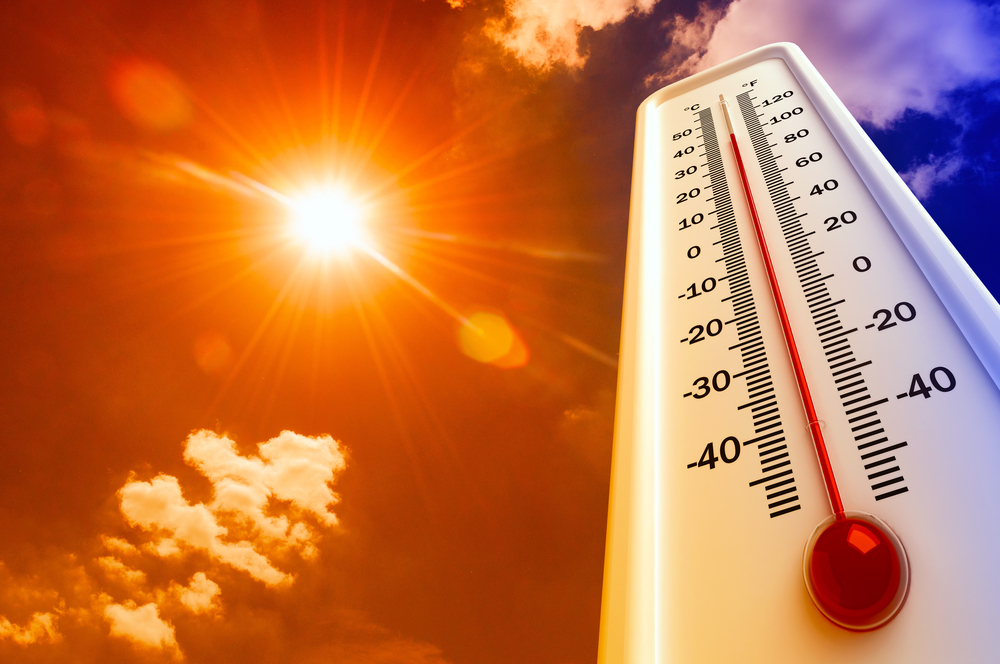There were 2,830 nonfatal occupational injuries due to extreme heat in 2015. That same year, there were 37 work-related deaths from heat exposure, according to the Bureau of Labor Statistics. When your living is made outside, heat can be a serious hazard.
Understanding the signs of heat exhaustion, knowing how to prevent injury and being prepared to handle heat exposure if it does happen will keep you and your team safe this summer.
How to spot the signs
There are a variety of heat-related illnesses that can be a serious danger to landscapers. The Center for Disease Control and Prevention lists these as heat stroke, heat exhaustion, heat cramps, sunburn and heat rash. Each of these head related illness has different symptoms to watch for.
What to look for:
- Heat stroke: high body temperature; hot, red, dry or damp skin; fast, strong pulse; headache; dizziness; nausea; confusion; passing out
- Heat exhaustion: heavy sweating; cold, pale and clammy skin; fast, weak pulse; nausea or vomiting; muscle cramps; tiredness or weakness; dizziness; headache; passing out
- Heat cramps: heavy sweating during intense exercise; muscle pain or spasms
- Sunburn: painful, red and warm skin; blisters on the skin
- Heat rash: red clusters of small blisters that look like pimples
Look for these signs in yourself and your team on particularly hot days. Also be sure to communicate with your team and inform them of the dangers and signs of heat-related illnesses.
How to prevent illness
In 2011, the Occupational Safety and Health Administration (OSHA) launched a heat illness prevention campaign called Water. Rest. Shade. The campaign aims to raise awareness around job-related heat injuries by encouraging employees to provide workers with those three main components of safety: water, rest and shade.
To protect yourself and your team against heat-related illness OSHA suggests you should first create an emergency plan in case someone does become ill from the heat. Then, train your team on those procedures so everyone is on the same page.
Be aware of the heat index to prevent illness as well. Temperatures of 91 degrees or less is cause for low risk actions, 91 to 103 degrees is cause for moderate risk actions, and 103 degrees or higher is cause for high or very high risk actions. OSHA suggests using this heat safety tool to calculate heat index on your jobsite.
Next, make sure your team stays hydrated by providing or encouraging them to drink plenty of water on the jobsite and to choose water over caffeine or surgery drinks like soda.
You should also acclimate employees to the heat early on the season by providing regular breaks, adjust working activities by starting earlier, and making sure employees are wearing the proper clothing for the temperature.
For more information on how to prevent heat illnesses, review the OSHA website.
How to handle heat illnesses
Even if you’ve taken all the precautions mentioned above and more, heat-related illnesses could still occur. So what should you do if it does?
If you or your team are experiencing signs of any of the illnesses listed above, remove the person from heat as quickly as possible, loosen clothing and provide them with cool water. If you or a team member is experiencing a heat stroke, you should call 911 and remain with them until help arrives.
OSHA provides a full list of actions to take in case of heat-related illness, here.





